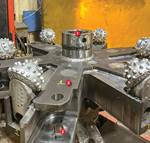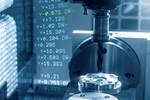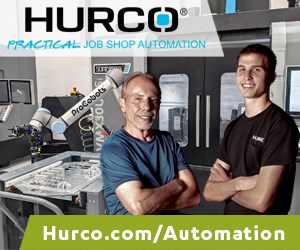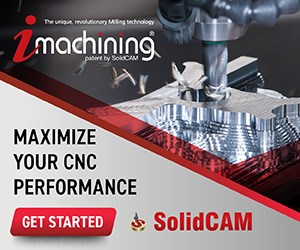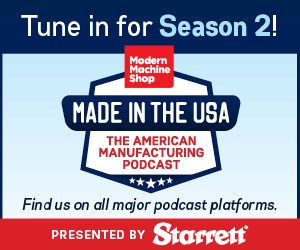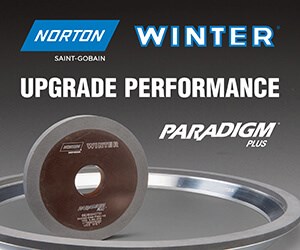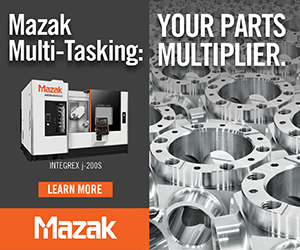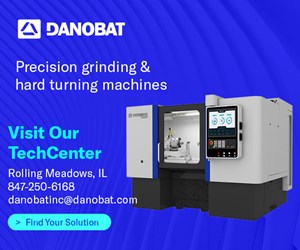Investment Casting Builds Lightweight Airplane Seat Frames
The frames could have been 3D printed in metal, but for economic production, investment casting proved to be the best option.
Lattices, organic designs and lightweight parts are all keywords commonly associated with the promise of additive manufacturing (AM). But sometimes these features and attributes can also be achieved through more conventional means. A recent project undertaken by Autodesk illustrates this point, using a very old technology: investment casting.
The goal of the project was to produce an airplane seat frame that would be lighter than the original design but just as strong. The initial design, featuring an organic lattice structure, was intended to be 3D printed in aluminum, but the cost of this process and the part’s size led researchers to look elsewhere for a manufacturing method.
Investment casting proved to be the best choice, as it is better understood, offers more material options and was more economical for this part than 3D printing. However, like 3D printing, investment casting still enables the production of complex geometries. The research team was able to keep the latticed seat frame design, but had it cast in magnesium for a total cost savings of 56 percent over conventional aluminum seats.
Although 3D printing wasn’t used as the production technology, it did play a role in the investment casting process. Read the full story on additivemanufacturing.media to learn more.
Related Content
-
The Strategic Value of Machine Tool Flexibility
This aerospace and defense supplier has a strategy to take advantage of the flexibility in its newest and largest five-axis gantry-type machining center.
-
Modern Bar Feeds Bring New Life to Automatic Swiss Lathes
Cam-actuated Swiss lathes are still the fastest way to process many parts. By adding modern bar feeders, this shop has dramatically improved their utilization with the ability to work unattended, even in a lights-out environment.
-
5 Tips for Running a Profitable Aerospace Shop
Aerospace machining is a demanding and competitive sector of manufacturing, but this shop demonstrates five ways to find aerospace success.

.jpg;width=70;height=70;mode=crop)
